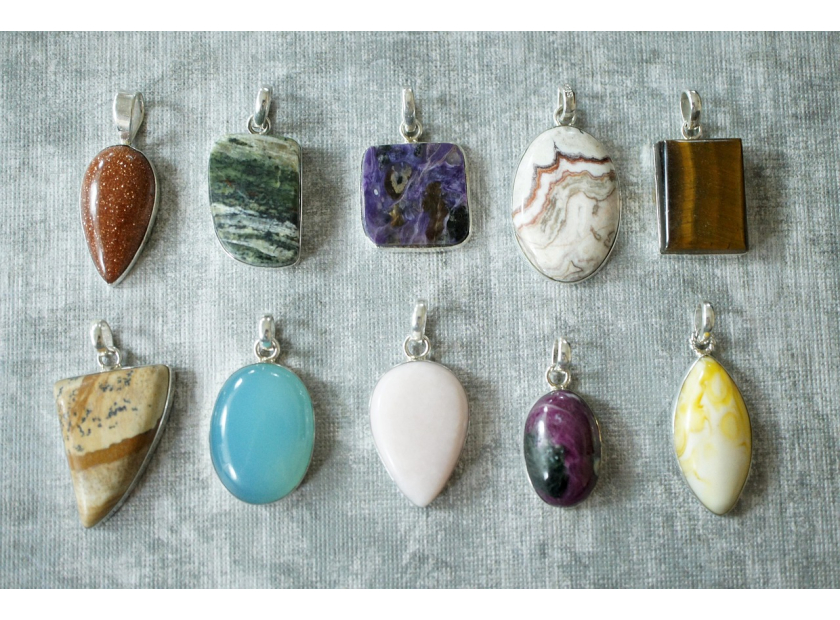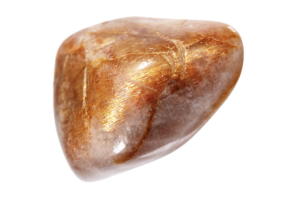USD
/
USD
/
Shipping to:
Currency:
Is Jade More Valuable Than Nephrite? A Guide to Understanding the Differences
Jade has long been cherished across various cultures for its beauty and symbolism.
However, there's often confusion surrounding the term "jade," as it refers to two distinct minerals: jadeite and nephrite.
This article explores the differences between these two gemstones, their individual values, and answers common questions to help you make informed decisions when considering jade jewelry.
Understanding Jade: The Two Varieties
The term "jade" refers to two different minerals: jadeite and nephrite.
While they share similarities, they differ in composition, appearance, and value.
- Jadeite: A sodium and aluminum-rich pyroxene mineral, jadeite is known for its vibrant colors, including the highly sought-after "imperial green."
- It also appears in shades of lavender, red, orange, yellow, and even blue.
- Jadeite typically has a granular texture and a hardness of 6.5 to 7 on the Mohs scale.
- Nephrite: Composed of calcium, magnesium, and iron-rich amphibole minerals, nephrite is usually found in creamy whites ("mutton fat" jade) and green hues, often with a more muted, fibrous appearance.
- Nephrite is slightly softer than jadeite, rating between 6 and 6.5 on the Mohs scale, but it's extremely tough and durable.
Distinguishing Between Jadeite and Nephrite
Several factors differentiate jadeite from nephrite:
- Color and Transparency: Jadeite offers a broader spectrum of vivid colors and is often more translucent. Nephrite tends to appear in darker, more opaque tones.
- Texture: Jadeite has a fine-grained, granular structure, while nephrite has a fibrous, interwoven texture, which contributes to its durability.
- Geographical Sources: Jadeite is mainly mined in Myanmar, while nephrite is commonly found in China, New Zealand, Canada, and Russia.
Assessing Value: Is Jadeite More Valuable Than Nephrite?
Generally speaking, jadeite is considered more valuable than nephrite due to its rarity and intense coloration.
The most prized variety, known as "imperial jade," features a rich emerald green hue and high translucency, often commanding top prices on the market.
Nephrite is more abundant and typically less expensive, but exceptional pieces with historical significance or exceptional craftsmanship can be quite valuable.
Cultural Significance and Symbolism
Both types of jade carry significant cultural weight:
- In Chinese Culture: Jade has symbolized purity, virtue, and immortality for thousands of years. Jadeite was especially favored by royalty and nobility.
- In Māori Tradition: Known as "pounamu" or "greenstone," nephrite jade is deeply important in Māori culture, used for heirloom pendants and tools symbolizing strength and ancestry.
Identifying Authentic Jade
To identify genuine jade, consider the following tips:
- Visual Inspection: Real jade should have a smooth, even texture without air bubbles. Very bright, unnatural colors may suggest dye treatments.
- Temperature Test: Authentic jade feels cool to the touch and warms slowly in your hand.
- Sound Test: When tapped, real jade produces a deep, resonant tone.
- Professional Testing: For high-value purchases, get a certified gemologist's opinion or a lab report to confirm authenticity and detect treatments.
Exploring Gemstone Jewelry Options
If you're drawn to the timeless appeal of jade, you might want to check out gemstone engagement rings for other vibrant and meaningful options.
Those looking for a one-of-a-kind piece should also check out non-traditional engagement rings featuring alternative gemstones and modern settings.
For stylish gifts or personal keepsakes, check out gemstone rings that offer both elegance and personality.
If you’re curious about how different gemstones compare to lab-created diamonds, check out this gemstone vs lab-grown diamond guide.
To learn more about how gems like jade form in nature, check out how gemstones and diamonds are formed.
Frequently Asked Questions
Is all jade either jadeite or nephrite?
Yes, "jade" refers exclusively to these two minerals—jadeite and nephrite.
Can nephrite ever be more expensive than jadeite?
In rare cases, yes. Nephrite pieces with historical or cultural significance can command high prices, sometimes surpassing lower-grade jadeite.
How can I tell if I'm buying real jade?
Look for smooth texture, natural color, cool feel, and a deep ring when tapped. When in doubt, consult a professional gemologist.
Why is imperial jade so expensive?
Imperial jade's rarity, vivid emerald color, and translucency make it the most desirable—and thus most expensive—type of jade.
Is nephrite jade still valuable today?
Yes. Nephrite continues to be appreciated for its strength, beauty, and cultural relevance, especially in places like New Zealand and China.








